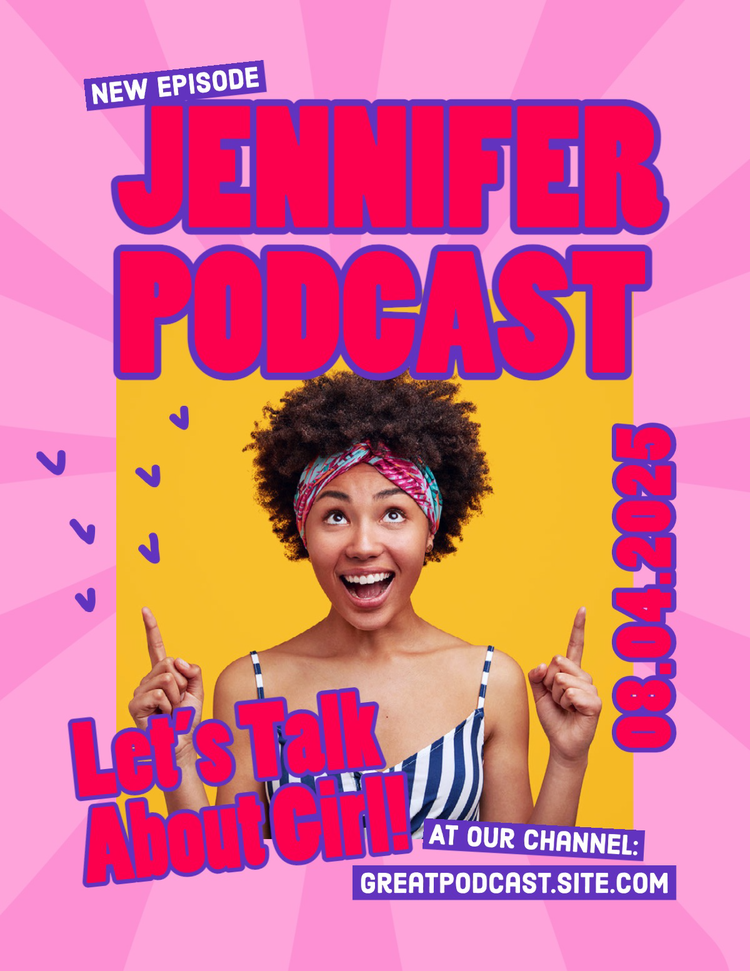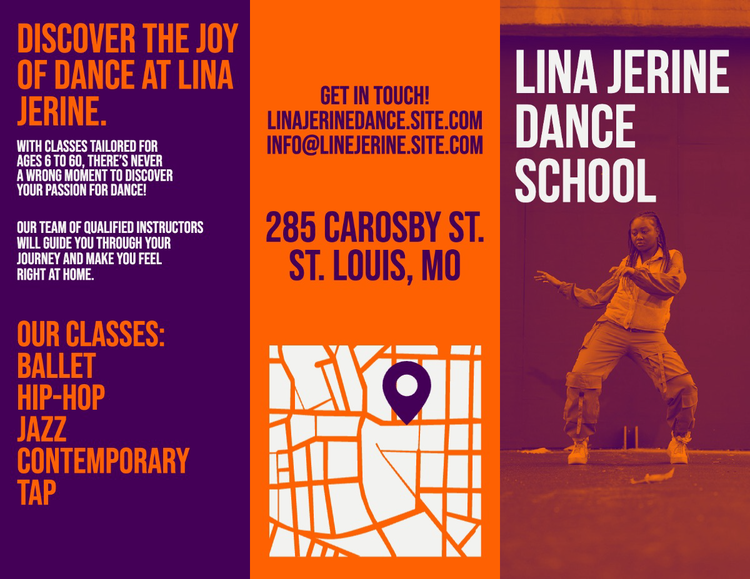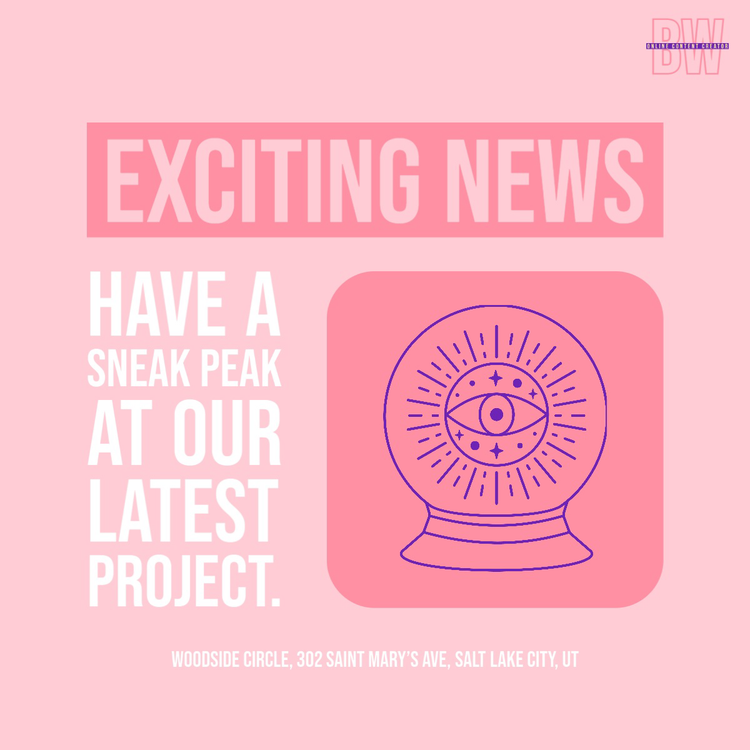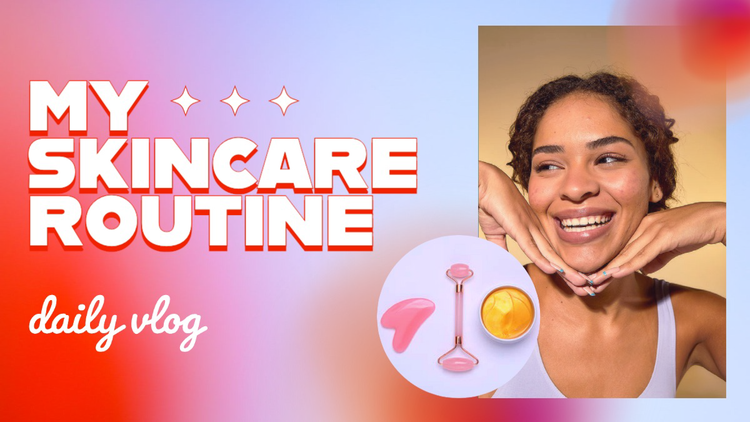What is a content creator and how to become one

You need only sign up for LinkedIn job alerts to see there’s an ever-growing abundance of companies promising well-paid digital media jobs, many of which focus on content creation. It’s enough to make anyone ponder a career as a content creator.
But what does it take to be a content creator, and how can you embark on a career as one?
If you’re wondering if a job as a content creator is for you, want to build a business as a full-time content creator, or are already on your way and want to up your game, read on for everything you need to know.
Summary/Overview
What is a content creator?
A content creator is someone who creates entertaining or educational material to be expressed through any medium or channel.
Content creation especially pertains to digital content on social media channels, since that’s where most content is consumed — and where the money is, if you’re looking to earn revenue through your content production efforts.
For businesses, content creation can mean crafting and delivering newsletters, emails, webinars, digital marketing materials, brochures, social media, articles, annual reports, advertorial messaging, editorial materials, company communications, and more.
For an individual, content creation can mean creating new content for social media — such as livestreams, vlogs, or other photo or video content — with the intention of interacting and resonating with their target audience, often making money as a part-time or full-time job. The buzzword “influencer marketing” might ring a bell.
There is not one single unified job description for “content creator,” but to fully understand what a content creator is and does, it’s important to understand what “content” is.
In the publishing, communication, and art industries, content can be defined as all the information and experiences, such as writing, speech, or other various arts, expressed through a medium to communicate value to an end user.
More important for business, content is the material that users, readers, or viewers derive value from.
At its most basic level, content includes:
- The information and/or experience
- The medium/channel in which the information is delivered
- Any beneficial features the medium adds to the information or experience
It’s worth noting here that while the medium for delivery is essential to content, it’s not the most important part of the trio above. Information and experience are king. Without them, the medium has essentially no value. After all, what’s a YouTube channel without videos or your favorite magazine without articles or images?
More and more, businesses are understanding the value of working with freelance content creators. They see that high-quality content inspires users to take action and can foster community and loyalty through interaction with the brand, its community, or both.
The what, how, and where of content creators
Everywhere you look, there’s content created by someone who probably got paid to create it. That copy on the back of your cereal box, the junk mail you tossed unopened, the slogan on your t-shirt, the morning newsfeed snippets, the video you watched on Instagram, the text you’re reading right now? It’s all a part of content writing and production.
As a far-reaching field, content creator responsibilities can vary greatly, but they’re likely to include some or all of the following:
- Writing, editing, blogging, and updating content for everything from brochures and marketing and promotional materials to emails, websites, blogs, and more.
- Ensuring search engine opitimization (SEO) best practices are followed for digital content so search engines like Google can find your work.
- Creating social media posts and managing social accounts, including interacting with users and responding to their comments and questions.
- Working with various company departments and sharing ideas to aid with their content needs.
- Monitoring website and social media metrics.
Want to dig a little deeper into what content creators create? Here’s a list of some of the most ubiquitous content types:
- Articles
- Artwork
- Audio
- Blog posts
- Brochures
- E-books
- Charts
- Films
- Graphs
- Graphics
- Images/photos
- Infographics
- News
- Product copy
- Social media content
- Video
- White papers
Yes, that’s a lot of types of content. Fortunately, you don’t have to be a pro or have experience in all of them to build up a reputation as a professional in the creator economy. You need to find your niche based on your expertise and what type of content creator you’d like to be.
The most popular platforms that host content creation
Where does content appear? Here are some of the major media platforms that feature content:
- Social media platforms (YouTube, TikTok, Instagram, Facebook, etc.)
- Internet (blogs, podcasts, websites, e-books, etc.)
- Live events (conferences, performances, conventions, etc.)
- Printed materials (books, brochures, magazines, packaging, pamphlets, etc.)
- Radio, cinema, and television
Only you know whether you’re more of a blogger, social media maven, copywriter, or broadcaster. So think about your interest and skillset as you consider on which platforms you imagine your content being showcased, then think of the types of companies that hire content creators:
- Media (news, entertainment)
- Retail and e-commerce companies
- Hospitality (restaurants, hotels, clubs, venues)
- Brands (pretty much everyone from food to fashion to pharmaceuticals to cities to hospitals)
- Bloggers/influencers (some professional influencers have social media managers and marketing teams)
- Celebrities (did you think they do all the dirty work themselves?)
Seem broad? It is — because every company needs to communicate to their consumers, and they need a talented content creator to help them do so.
That’s one of the beauties of content creation. Whatever you’re an expert in [aerodynamics, sewing, foreign policy, productivity — you name it], there’s likely a need for someone to champion that knowledge through content creation. And if there isn’t an external need for that expertise, then you can build your own personal brand and work for yourself as a social media content creator.
Still, there are some things all skilled content creators have in common.
5 things top-quality content creators do
Successful content creators know there’s more to being in demand than writing the best content (though that’s a great start and works for some people, such as copywriters).
Follow best practices below to make sure you’re armed and ready to rule the world of content creation.
1. Get and stay current
Whatever your area of expertise is, you need to be on top of it, know the latest news, and follow the trends. Make sure to follow content creators or brands that work within your niche. Join forums or follow reputable blogs that discuss content strategy. If there is a new trend or a piece of news that is relevant to your brand, make sure to jump on it and produce high-quality content quickly.
2. Know your audience
The better you know your or your client’s audience, the better you can communicate with them. Understand the niche you are serving and who your target audience is. How old are they? Where are they located? What type of lifestyle do they live? Use analytics tools built into social media sites such as TikTok, Instagram, Facebook, or YouTube to understand more about the types of people who are interacting with your content so you can tailor your content to their wants and needs.
3. Use shortcut tools that help you create awesome content
Content creation isn’t just about crafting words. As mentioned above, it can be everything from managing social media to designing brochures to creating videos. If you’re up to date on the latest tools, you’ll know that there’s no reason to start from scratch when there are free online templates that do the heavy graphic design lifting for you. Many successful content creators who make content in-house save time, post more frequently, and create more interesting graphics by utilizing templates.
4. Post often
Writing and creative thinking are at the core of being a content writer and creator. They’re also muscles that need to be flexed regularly to stay agile. Additionally, successful content creators create marketing strategies that revolve around staying up to date and relevant, meaning they are posting on a consistent schedule.
However, creating high-volume content means you have to stay on top of your posting schedule. Consider using a content scheduler or calendar to plan out your posts every month and keep yourself accountable.
5. Optimize for SEO
A part of being a successful content creator is being a good strategist — you can write the content that would bring Shakespeare to tears and still not get any traction if you don’t include keywords that help your work bubble up to the top of search results. SEO keywords ensure your content gets seen and has measurable results.
Use high-volume keywords or hashtags to drive traffic to your content. Be deliberate about your headers and descriptions. Consider using free tools such as Google Trends to look at what people are currently searching for and optimize your posts from there.
How to become a content creator
Once you know what type of content you want to create, and for which type of industry, it’s time to get yourself out there and in front of potential clients. Here’s how:
Create a portfolio
Sure, you can show potential clients your social media accounts — and you should if they’re awesome. But the pro move is to create and share a digital portfolio that features your best work. Don’t have work to show yet? Create some for imaginary clients!
Find out how to make one here and use a free e-portfolio template to craft it. Tap the template below to start your own.
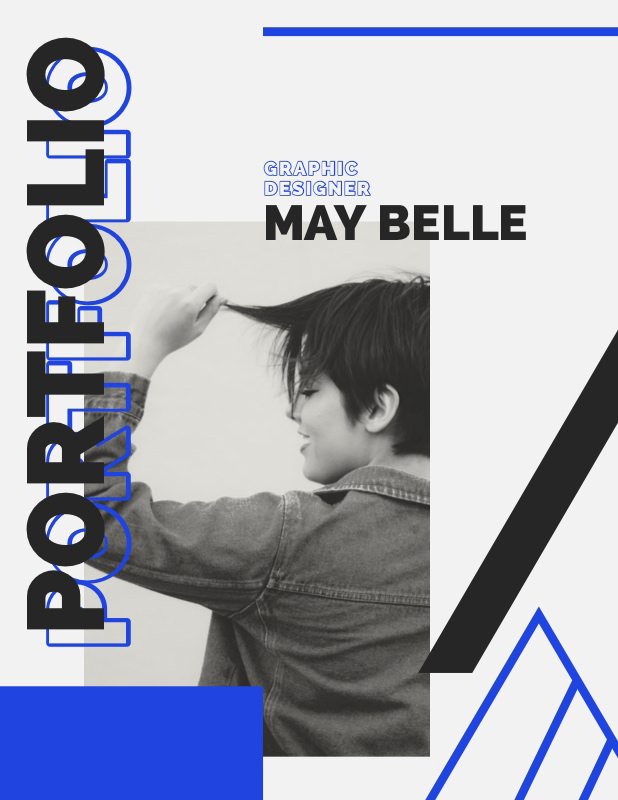
https://www.adobe.com/express/create/online-portfolio
Network
Forget what anyone else says — it’s about who you know. Get yourself in front of the types of clients you want, whether at tradeshows, conferences, launch events, or any other gatherings, and make friends in the right places. Online networking also counts. Follow and comment on social media accounts you admire. Offer to collaborate. Feature and tag brands with which you would want to work. Make use of your social networks. Keep it up and relationships will grow.
Pitch yourself
Don’t wait for jobs to come to you. Instead, actively pursue opportunity. Do you know a restaurant that could benefit from social media help or a boutique brand with mediocre newsletters? Offer to help boost their engagement — without stepping on toes. Directly reach out to brands for brand partnerships or sponsorships.
Don’t give up
Growing a business and a solid client base takes time, especially if you want to be a digital content creator full-time. Give yourself at least six to eight months of hustling before expecting results.
In the meantime, consider taking some online courses. Practice creating various mediums of content marketing to bolster your profile. Look into specific case studies and the marketing strategies of other brands or individual content creators. Stay up to date on content strategy and current trends. There are endless things you can do to perfect and broaden your skills while you work toward your goal.
Get paid as a content creator
AI takeover aside, there will never be a time that content creation is obsolete. Any investment you make in your skills now will pay off continuously. Content creators can charge any number of ways: by the project, by the hour, or by the month as an independent contractor. They could also be salaried employees.
Fees range widely depending on skills, local market rates, medium, and subject matter. In spring 2023, Glassdoor reported a content creator salary’s most likely range was between $39,000 and $61,000 per year. Even just searching “content creator” on Indeed in the U.S. returns over 2,500 job postings, meaning if you want to find a content creator job, there are plenty of options.
Ask around to get a sense of rates you can reasonably charge and don’t undersell yourself. You can anticipate that as your skills grow, so will your payrate.
Most importantly, get out there and start creating. The more immersed you are in the skills, tools, and community of content creators, the better you will get at creating incredible content. Soon enough, you’ll discover that as a content creator, you hold the key to the engagement universe — and to making a living using your creativity.
This post was updated on January 12, 2024.
